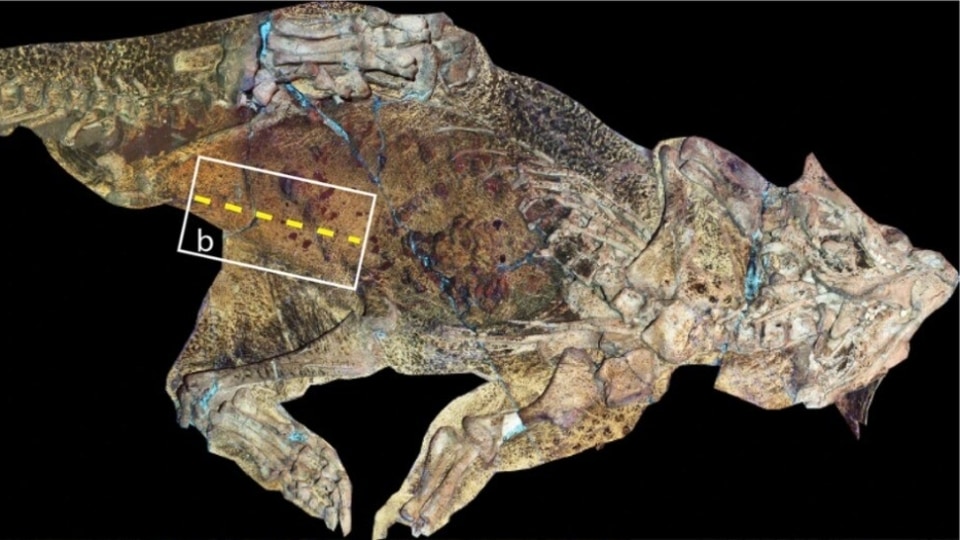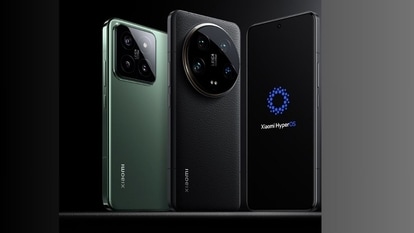Miracle! Dinosaurs with a belly button? See what they found in China
Scientists in China used a high-tech laser imaging technology on a rare and well-preserved dinosaur fossil to find a belly button.

For the frst time ever, Paleontologists have found a 135-million-year old dinosaur belly button. This dinosaur belly button is the oldest known to science. Scientists from The Chinese University of Hong Kong (CUHK) and from around the world have discovered the reptilian equivalent of a belly button by using a high-tech laser imaging technology from a particularly rare and well-preserved Psittacosaurus fossil from China. It was found in China 20 years ago. The umbilical scar is the non-mammalian form of a belly button which is a slit-like opening connecting the embryo to the egg's yolk sac and other membranes. As per the study published in BMC Biology, the yolk sac is absorbed by the dinosaur either immediately before or soon after hatching the egg.
Dr. Michael Pittman, Assistant Professor of CUHK's School of Life Sciences and joint-corresponding author of the study, used the Laser-Stimulated Fluorescence (LSF) technique on a fossilized skin specimen of Psittacosaurus to observe the finding. It's a two-meter-long and two-legged plant eater lived in China during the Cretaceous period. Dr. Pittman shared, "Using LSF imaging, we identified distinctive scales that surrounded a long umbilical scar in the Psittacosaurus specimen, similar to certain living lizards and crocodiles. We call this kind of scar a belly button, and it is smaller in humans. This specimen is the first dinosaur fossil to preserve a belly button.” Under laser-stimulated fluorescence (LSF), the umbilicus appeared as an elongate midline structure delimited by a row of paired scales on the abdomen.
Dr. Phil R. Bell from the University of New England in Armidale, Australia, the study's lead and joint-corresponding author, shared that this Psittacosaurus specimen is probably the most important fossil for studying dinosaur skin. It continues to yield surprises that we can bring to life with new technology like laser imaging.
The specimen is kept preserved at the Senckenberg Museum in Frankfurt, Germany.
Catch all the Latest Tech News, Mobile News, Laptop News, Gaming news, Wearables News , How To News, also keep up with us on Whatsapp channel,Twitter, Facebook, Google News, and Instagram. For our latest videos, subscribe to our YouTube channel.


























